
Tooth Sensitivity
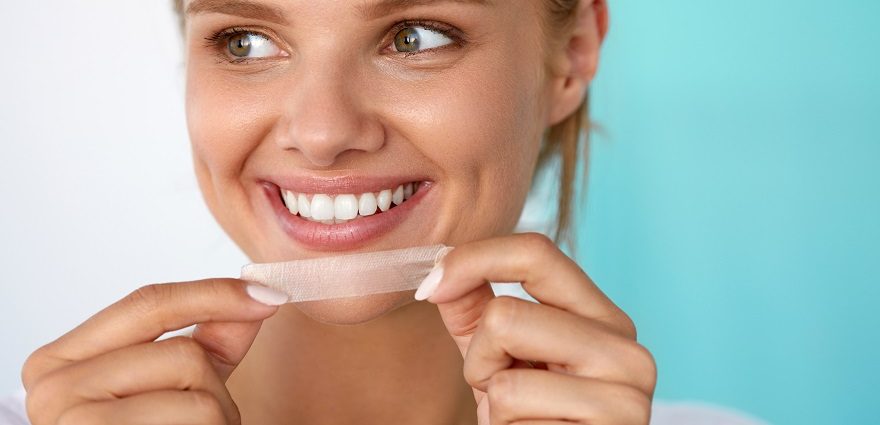
If you’re looking for an alternative to professional bleaching in a dental office, then do-it-yourself at-home whitening might be right for you. There are dozens of DIY options available for every budget and temperament – whether professionally dispensed, store-bought or sold on the Internet. Many teeth whiteners are pre-mixed and ready to use; others require mixing at home.
It may surprise you to learn that many dental professionals believe that dentist-dispensed whitening trays and whitening strips – when used as directed – can be even more successful than in-office bleaching over the long haul. A key reason is their ongoing use, combined with the fact that small amounts of bleach remain within the tooth structure for up to 36 hours. When a new dose of bleach is applied to a tooth retaining the previous day’s peroxide, its effect is greater.
However, there are pitfalls to teeth whitening your teeth at home. For example, if you have an underlying condition like tooth decay or gum disease, you could end up enduring extreme pain depending on the concentration of peroxide used. The following article should help you evaluate all the pros and cons of DIY whitening.
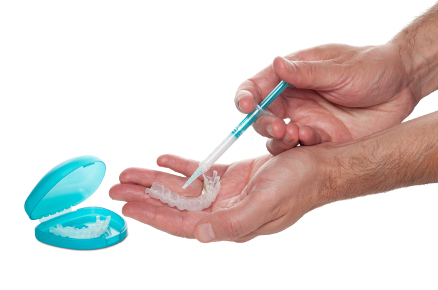
Although you can get over-the-counter whiteners without a dentist’s recommendation, if you over-use them or use them incorrectly, they can harm your tooth enamel and irritate your gum tissue. Also, over-bleaching can produce an undesirable bluish hue, chalky whiteness or uneven results (otherwise known as “the technicolor effect”).
Supervision by a dentist can prevent these problems. To ensure the health of your smile, see your dentist before choosing an over-the-counter tooth whitener and beginning the bleaching process. Dentists know a lot about these products and can help you choose the right one and use it correctly.
Also keep in mind:
According to dental professionals, the best bleaching results come from dentist-dispensed take-home kits – particularly those that are used over extended periods. These kits contain higher percentages of bleach than over-the-counter kits and typically consist of:
Coated with a bleaching gel, these thin, flexible membranes are designed to conform to the shape of the teeth. They are very convenient and easy to use – no mixing or molding is required. What’s more, they are unobtrusive enough to be worn on the job or while commuting or shopping.
However, strips are less effective than trays for removing between-the-teeth stains and are not suitable for crooked teeth. In addition, saliva can more easily find its way beneath strips, diluting their potency. Some strips aren’t long enough to cover a wide smile, and they tend to slip and slide.
Crest Whitestrips Supreme, containing 14 percent hydrogen peroxide – the highest dose currently available in whitening strips – are dispensed at dentists’ offices. These strips are wide enough to cover up to six teeth.
Approximate cost for a box of 84 strips (three-week supply): $50. Over-the-counter strips cost in the $20 to $45 range.
Pens with brush-on or foam-tip applicators provide what has been billed as fuss-free instant whitening. Used directly after meals or in daily regimens, as alternatives to trays and strips, these whiteners are often considered instant “antidotes” to new stains from food, especially just-consumed red wine.
But dental professionals are divided as to the effectiveness of paint-on whiteners. Some consider them useful adjuncts to in-office or tray bleaching. Others have yet to see any meaningful results with these whiteners.
Cost: $12.99 to $99.95
Technically speaking, all toothpastes are whitening toothpastes, since they remove surface plaque and debris. But only a few contain key whitening ingredients: chemical bleaching agents and abrasives in high concentrations.
When used regularly, these toothpastes may offer backup support for tooth whitening. Of course, given that brushing time is limited to a minute or two, that support is minimal. But since we all brush every day, some consider whitening toothpastes to be potential bleaching enhancers.
Because toothpaste foams all over the mouth and is swallowed, the percentage of any bleach it contains is low, to avoid irritation.
Most toothpastes clean the teeth with finely ground abrasives such as silica, aluminum oxide, calcium carbonate and baking soda. Whitening toothpastes contain more of these abrasives – though the paradox here is that overuse can cause more stains and can also dull the surface of dental crowns and veneers.
Floss may seem like an unlikely part of the tooth-whitening regimen, particularly as it is in contact with the teeth for only a second or two. But over the long haul, using floss daily may assist with stain removal in the narrow space between the teeth, an area that even in-office bleaching has a hard time reaching.
Whitening floss differs from standard dental floss in its use of mild abrasives, typically silica.
[updated March 27, 2019]

Lawrence Addleson, DDS, FAACD, of San Diego, CA is an internationally recognized leader in the field of aesthetic cosmetic dentistry. In 1993 he earned his accreditation with the American Academy of Cosmetic Dentistry (AACD) and is one of the few dentists worldwide to complete the rigorous criteria for both accreditation and fellowship, the most prestigious level of clinical excellence achievable within the AACD. Dr. Addleson has held many top positions within the AACD, including president, member of the Board of Directors, and twice chairman of the Board of Governors.
Dr. Addleson earned his DDS in 1969 from the University of Southern California School of Dentistry, and is the founder of The Art of Dentistry, a premier cosmetic and restorative dentistry practice located in San Diego.

Tooth Sensitivity

Ask the Expert

Pediatric Dentistry
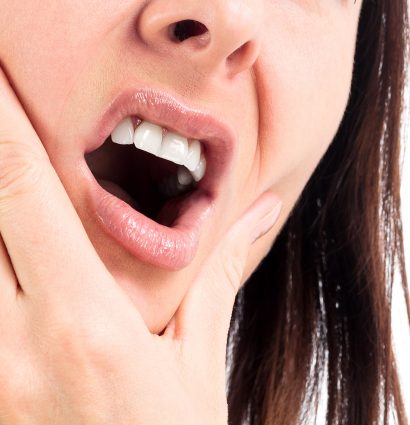
Oral Health
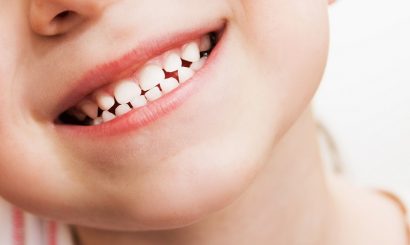
Pediatric Dentistry
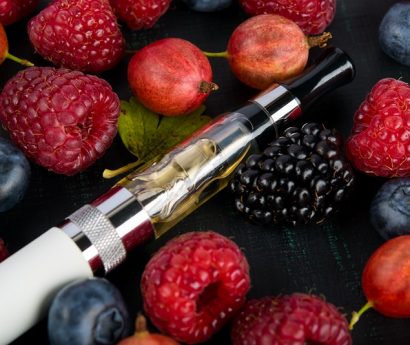
Oral Health
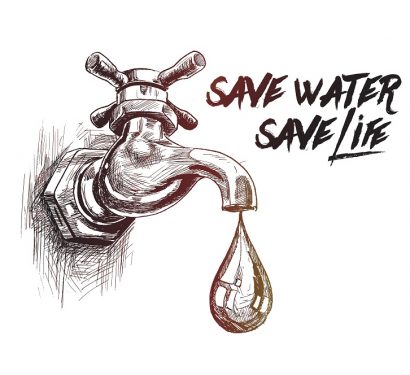
Dental Hygiene
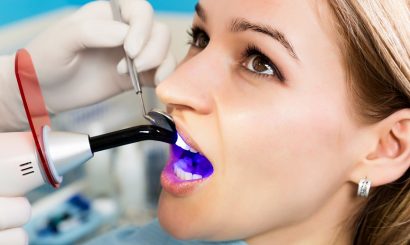
Tooth Restoration

Dental Public Health
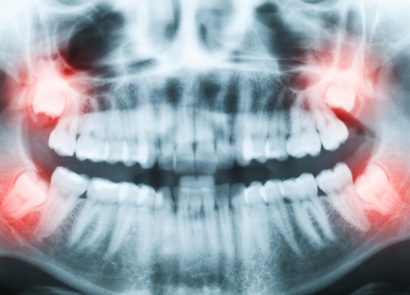
Wisdom Teeth
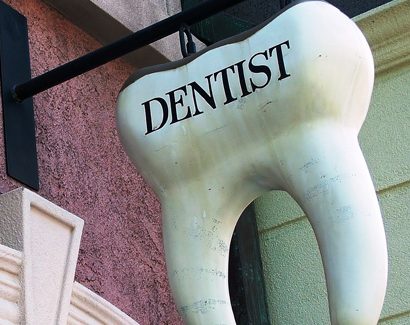
Dentists

TMJ

Sleep Apnea
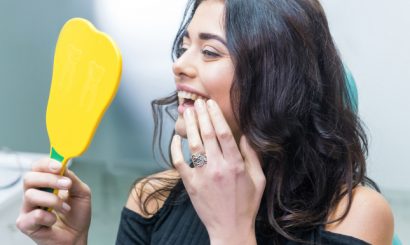
Cosmetic Dentistry

Dental Veneers